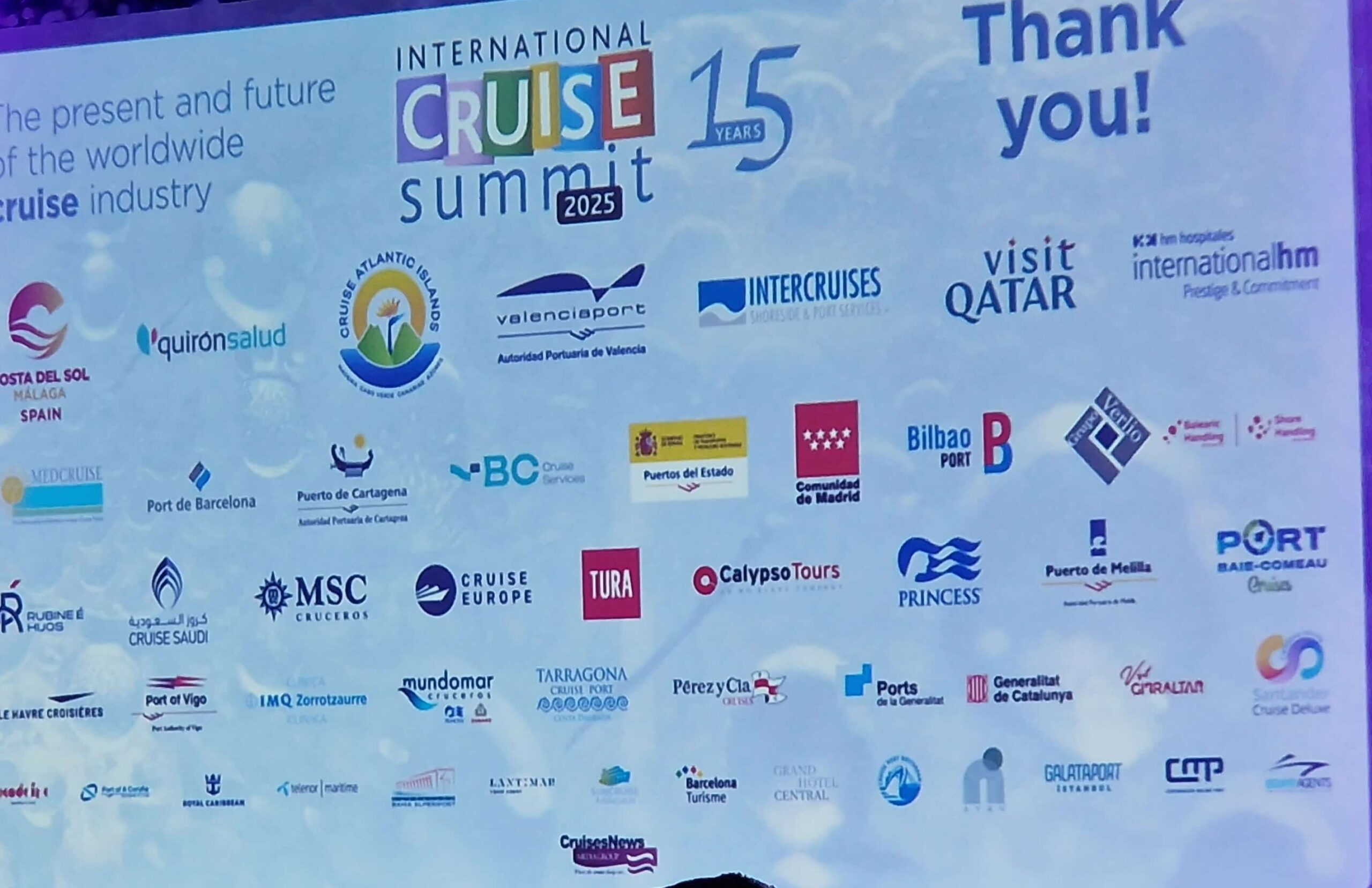
The Industry in Mega Numbers
The cruising industry is one of the fastest-growing global sectors today, and the figures that confirm this are impressive. In 2018, over 28.5 million cruises were sold, compared to 17.8 million in 2009. Projections for 2020 indicated over 32 million cruises sold and financial earnings for companies exceeding $50 billion.
Although the cruising tourism market has expanded globally, the industry has become particularly dominant on the North American continent, where three major groups reign. The largest of these is Carnival Corporation, whose portfolio includes global cruising brands such as: Carnival Cruise Line, Princess Cruises, Holland America Line, Seabourn, P&O Cruises (Australia), Costa Cruises, AIDA Cruises, P&O Cruises (UK), and Cunard. Royal Caribbean International includes Royal Caribbean Cruises, Celebrity Cruises, and Azamara, while Norwegian Cruise Line Holdings (Norwegian Cruise Line, Oceania Cruises, Regent Seven Seas Cruises) shares 80% of the market between these three major players. The remaining market is divided between MSC, along with smaller operators like Disney Cruise Lines, and ultra-luxury lines such as Crystal Cruises and Silversea Cruises.
These groups are the key industry leaders and set new trends in both shipbuilding and the industry itself. Although these giants have already attracted millions of passengers, their goal is to attract even more… But how? By offering luxury for the masses and building larger, more spectacular ships with continuously expanding onboard offerings and capacity.
In 2016, 458 large cruise ships with around half a million beds sailed the world’s seas, and from 2018 to 2025, major companies have ordered 50 new ships with 220,000 new beds, most with an average capacity of 4,000 passengers and a gross tonnage of 155,000 GT.
When you add over 1,100 crew members on such mega-cruisers, we can truly speak of floating cities. In contrast to the construction of these mega-ships is the trend towards smaller, super-luxurious cruisers targeting more discerning clientele by offering exceptional service, privacy, and travel to undiscovered and remote destinations. Given the demand in this segment of the cruising industry, success here is also guaranteed.

Where do these mega ships sail?
So, where do all these ships sail to? Where does all this cruising take place? The main areas of cruising tourism today are the same as where it all began—the Caribbean and Central America, which account for about 35% of all cruising overnight stays worldwide. Most ships depart from Miami, their homeport, and sail towards the Caribbean and Bahamas, making day-long stops at exotic tropical ports. Another important destination for North American cruising tourism is Alaska, with 4% market share. The second-largest receptive cruising destination is Europe, particularly the Mediterranean area, which accounts for 18%. Europe without the Mediterranean holds 11% of the cruising market, followed by Australia and New Zealand with 6%, and other countries.
Although the Mediterranean is rapidly gaining ground as a top destination, it’s important to highlight some basic differences between tourist destinations in the Mediterranean and tropical ports in the Caribbean. The Caribbean market is mass-market, and Caribbean cruises are divided by duration. There are 3-day cruises, mostly attracting young people looking for good fun and entertainment, and cruises lasting 7 days or more, which mainly attract older guests or families with children. However, the key goal of such cruises is to offer two main things: a good rest and entertainment.
Mediterranean cruises are somewhat more demanding, as, in addition to the primary travel motives like fun and relaxation, there is also the need to satisfy the cultural interests of travelers. Mediterranean itineraries must include visits to significant cultural and historical destinations in Southern Europe.
Cruising is rapidly expanding in the Far East, and it is expected that soon, Far Eastern ports will increase in attractiveness due to the pleasant climate and numerous islands with acceptable distances for cruising. If the heritage and appeal of a destination are valued by traveler interest, and if 1,120,000 cruise passengers visited Croatia in 2019, does this mean that Croatia is becoming a hit cruising destination?







